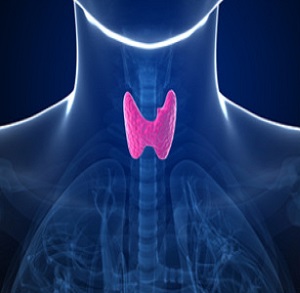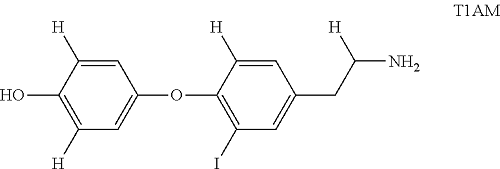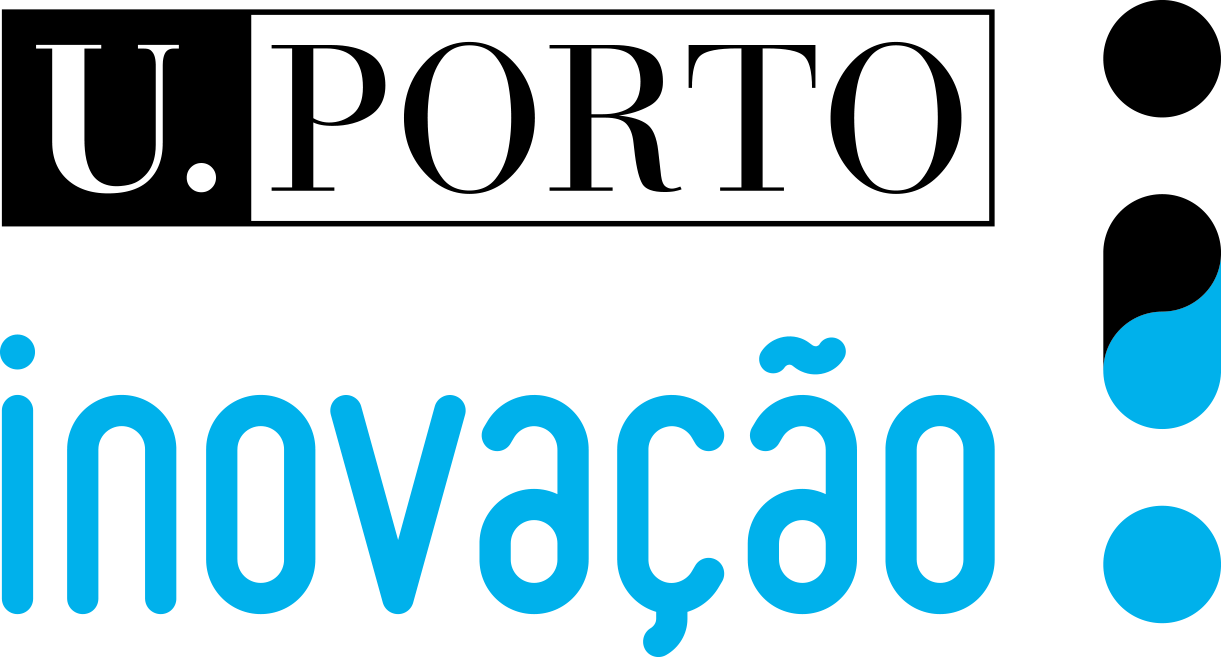
The present invention shows that it is possible to analyse 3-iodothyronamine (T1AM) electrochemically, creating the grounds to any electrochemical sensor or chip used in the future to analyse this compound.
Thyroid hormones have crucial effects on metabolism and thermogenesis, on processes involving muscular contraction, on growth and also in reproduction, immune and antiviral defense as well as defense against free radicals. The thyroid, anatomically situated in the neck produces several hormones, particularly 3’,5’,3,5-Ltetraiodothyronine (T4) and 3´,5’,3-L-triiodothyronine (T3). Given their importance in several physiological functions, these thyroid hormones are routinely quantified to help diagnose and assess several pathologies. Less than ten years ago another thyroid hormone, T1AM(3-iodothyronamine), was unveiled as a relevant endocrinal key player. Data is coherent with the assumption that T1AM, like T3 and T4, has, to say the least, some role in the regulation of metabolism.

Actual method to detect T1AM is chromatography, immunotests, but are expensive and slow to get the results. T1AM detection has been based in LC-MS/MS and immunoassays methodologies, which are time consuming and costly. The invention shows that it is possible to analyse T1AM electrochemically. This creates the grounds to any electrochemical sensor or chip used in the future to analyse this compound.
Electrochemical sensing;
Detection devices.






